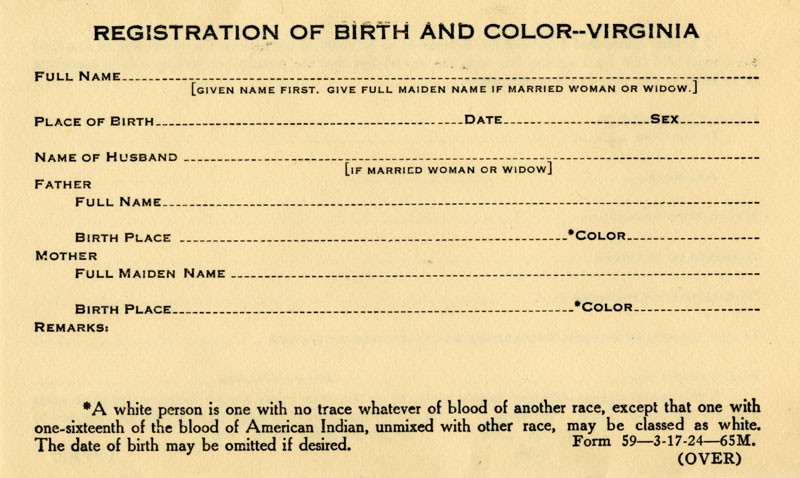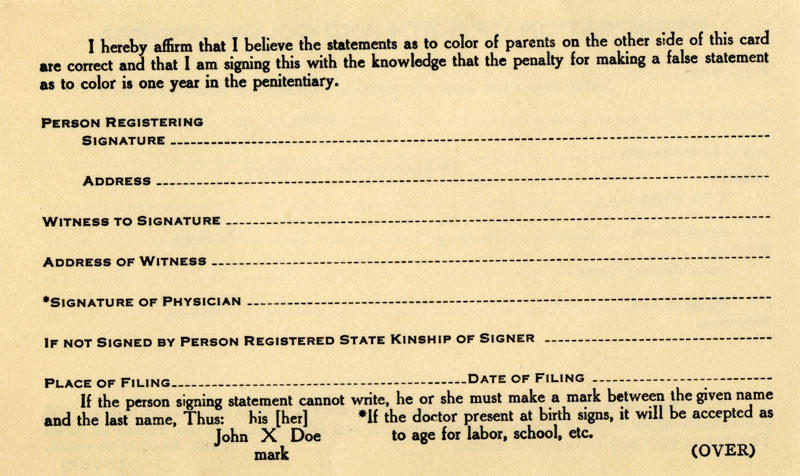Lung function, race and ethnicity: a conundrum
European Respiratory Journal
Volume 41, Number 6 (June 1, 2013)
pages 1249-1250
DOI: 10.1183/09031936.00053913
Philip H. Quanjer
Deptartment of Pulmonary Diseases and Department of Paediatrics
Erasmus Medical Centre
Erasmus University, Rotterdam, The Netherlands
In this issue Braun et al. make a plea for an international workshop to review aspects of race and ethnicity in relation to lung function. This is a timely initiative, as many people struggle in epidemiological and genetic studies, and in clinical practice, with the interpretation of test results in an increasingly multi-ethnic society. Our notions of race derive from Blumenbach, who defined “Four varieties of mankind, one species” (adding a fifth variety in 1781). Definitions of “race” and “ethnic” are confusing and often used interchangeably. This ambiguity is reflected in the frequent use of race/ethnicity, a transitional concept adopted for use while phasing out “race” from the USA census. At this stage the USA census recognises two ethnicities: “Hispanic or Latino”, and “not Hispanic or Latino”, and five races; Hispanic/Latino individuals have a mixed European, African and native American ancestry. American citizens were allowed to self-identify with more than one race in 2000: 2.4% self-identified as multiracial. In sharp contrast, France passed a law in 1978 barring the government from collecting all racial and ethnic data (the Act prohibits collecting “any information that shows, directly or indirectly, racial or ethnic origins, political, philosophical or religious opinions, trade union membership, moral principles, or information that relates to health or sexual life” without either the written consent of the individual or an advance recommendation of the National Commission for Information Technology and Civil Liberties, which must first be approved by the Conseil d’État). The collection of data on race and ethnicity by governments serves administrative and statistical purposes; the classifications should not be interpreted as being scientific or anthropological in nature. However, this caveat is not heeded, and the classifications are widely used in everyday life, science and medicine, where race/ethnicity is used as a proxy for other phenomena.
Humans (Homo sapiens) originated in eastern Africa and migrated to the rest of the world. Analysis of microsatellite loci shows progressive loss of genetic diversity as our species grew and spread; genetic variability outside Africa is generally a subset of that within Africa. In general, a species is biologically defined as a group of similar organisms that can reproduce only with each other. Hence, genetically and biologically, Homo sapiens is one species, but with genetic diversity. Only 5–15% of genetic variation occurs between large groups living on different continents, the remaining variation occurring within such groups. A clustering algorithm applied to multilocus genotypes from worldwide human populations produced genetic clusters largely coincident with major geographic regions, suggesting that global human genetic diversity is a result of gradual variation and isolation by distance rather than major genetic discontinuities.
A widely held view among anthropologists, biologists and sociologists is that race is a socio-political construct based on the notion that groups can be demarcated on the basis of important and clear differences in phenotype, skin colour, ancestry, socio-economic status (SES) and geographical location, etc. Hoffman, a highly respected statistician who was particularly interested in the “negro problem” in the US, gave scientific racism its credibility and respectability. He posited that white people were at the top of the hierarchy and social order; “minority” racial groups were both biologically inferior and barriers to progress. One of Hoffman’s arguments was that “pure blacks” had “inferior vitality” because their vital capacity (VC) was found to be 6–12% smaller than in whites; this contributed to the belief that the inferior black race, that had a higher death rate, was doomed to extinction. The word “vital” in VC, so named by Hutchinson, and the smaller VC, led Hoffman to a value judgement. His views were contested by contemporary scientists, who pointed out that SES and inequalities in access to medical care, etc. should be taken into account in studies of biological differences between ethnic groups. Nevertheless, Hoffman’s views remained very influential; they have contributed to great atrocities and still affect personal interactions and social institutions.
Categorising subjects into racial/ethnic groups is done on the assumption that race/ethnicity is a proxy for genetic relatedness; this misrepresents genetic variation and leads to confounding. In general, in studies comparing differences in disease prevalence between two ethnic groups, if an unmeasured environmental variable (such as SES) co-varies in the same fashion as the proportion in one group, a racial difference might be due to this unmeasured variable. For example, in a study of differences in mortality between African and European Americans, Burney and Hooper concluded that the higher mortality in African Americans could only be explained by their lower forced VC, reminiscent of the views of Hoffman. Correlation does not prove causality: direct analysis of the relevant gene or causative factor is the only reliable way to evaluate risk in an individual.
Race, ethnicity and ancestral categories falsely suggest genetic homogeneity within and heterogenity between groups; they ignore the genetic variability within groups, gene–environment interactions and differences due to socially mediated mechanisms. Therefore, many scientists advocate abolishing such categorisation in research, versus those who believe there is still a role for the continued use of self-identified race and ethnicity in biomedical and genetic research…
Read the entire article here.

